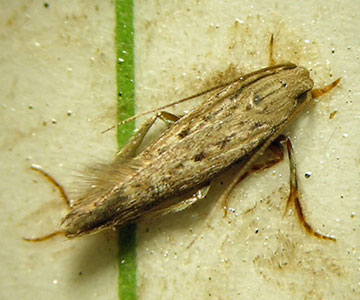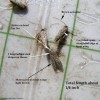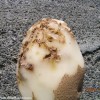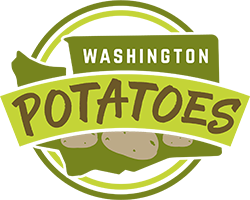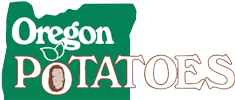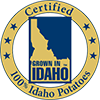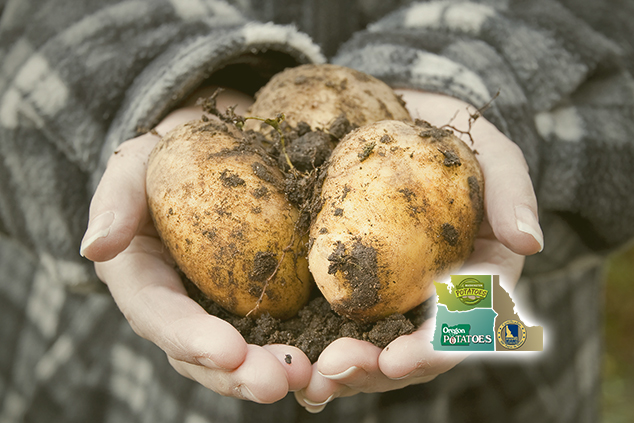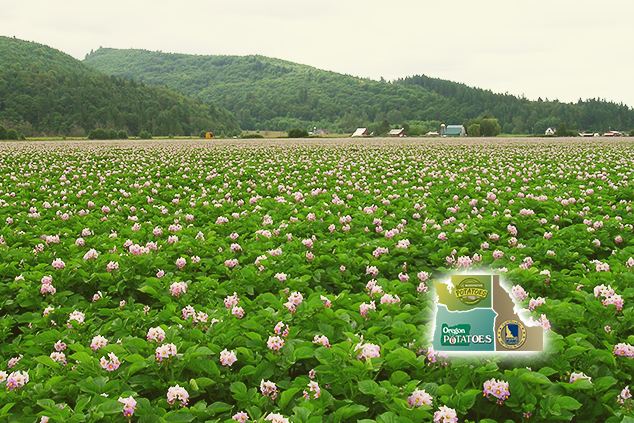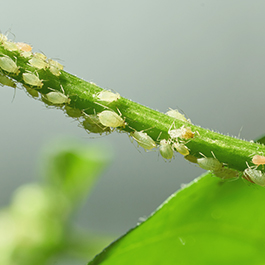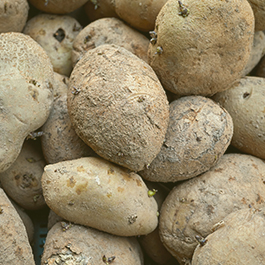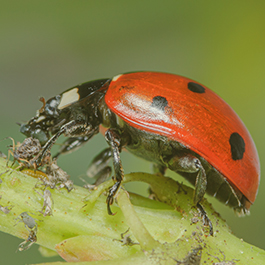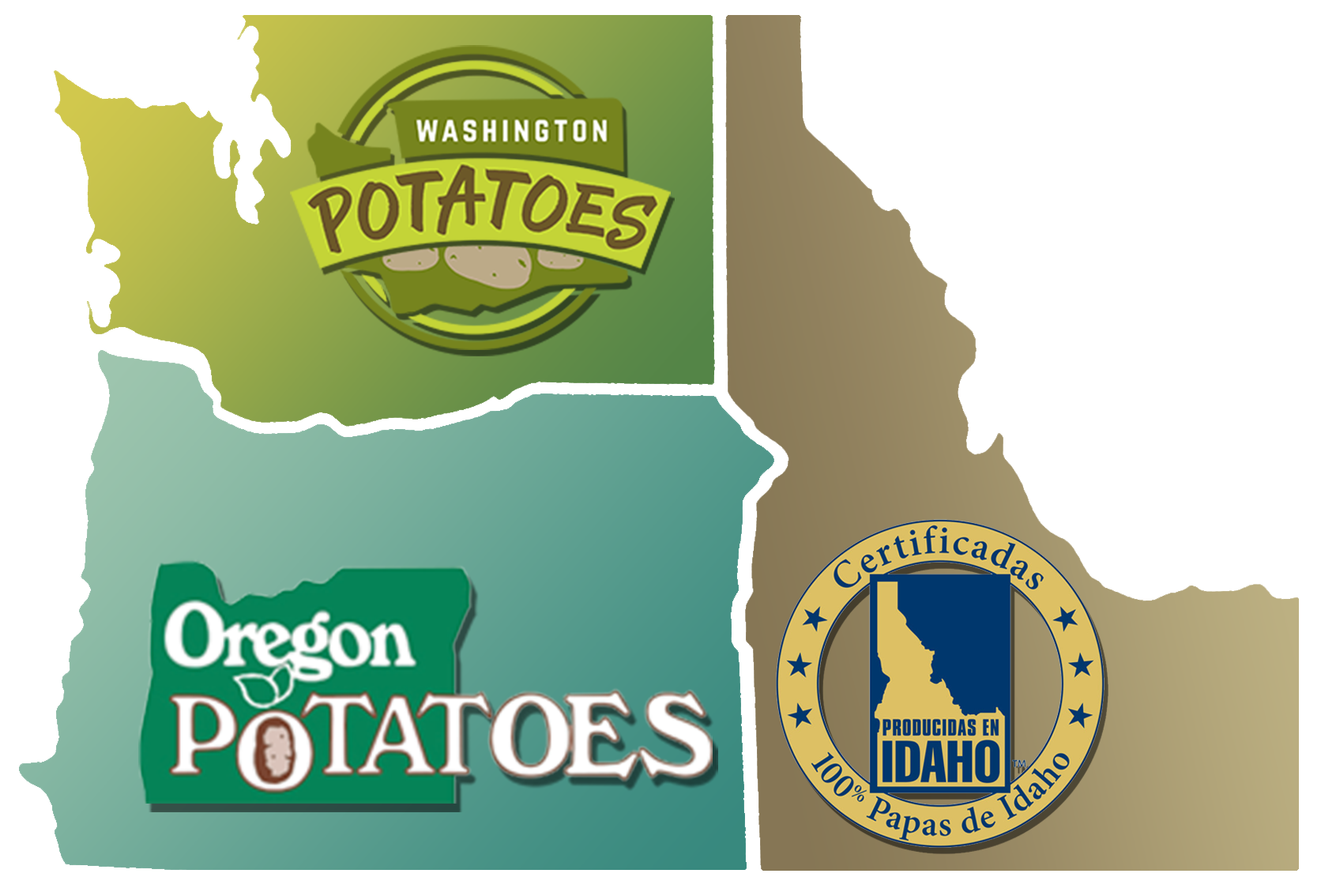Tuberworm (Phthorimaea operculella)
General Biology and Crop Damage:
During the growing season, tuberworm caterpillars feed as leaf miners inside leaves. They later may live inside stems or within groups of leaves tied together with silk. Tubers are also a food source for the caterpillars, especially exposed tubers and those within 2 inches of the soil surface. Larvae can infest tubers by leaving the foliage and finding available tubers to invade, or adults may find exposed tubers for egg-laying. Regardless of the method, tuber damage is the main concern with tuberworms. Tuber damage is often near the surface, consisting of broad, flat tunnels or furrows in the skin. Caterpillars may also burrow deep into tubers. Tunnels left by tuberworms look dirty, and their openings may be marked by collected droppings of the caterpillar.
Biology and Life History:
Tuberworm in the Northwest seems to overwinter as a fully fed caterpillar or pupa, either in potato storage buildings or associated with tubers left in the field after harvest. The exact locations and modes of overwintering in our region are, however, not known. Tuberworm undergoes at least 3 generations per year in central Washington and Oregon. Populations are small early in the season due to the bottle-neck of overwintering. The heat of summer encourages populations to grow, with the most tuberworm activity occurring in September and October. Moths disperse during the growing season and can spread far from their presumed overwintering locations by the end of the growing season.
Scouting and Thresholds:
The simplest way to monitor tuberworm is to use pheromone-baited traps to catch adult male moths. Unfortunately there are no established treatment thresholds in the Northwest. We know that pheromone traps are very effective at detecting the presence of tuberworm in an area, but little is known about how many moths indicate a significant risk to a potato crop. For the large fields common in the Columbia Basin, it is best to have more than one trap per field to be sure infestations are detected. For more detailed information on tuberworm trapping procedures and recognition of the moth in your traps, see the trapping guide at this link.
Management:
We have little information on biocontrol that is specific to the Northwest. Parasitoid wasps have been observed to kill some tuberworm larvae, but prevalence appears to be low. Research shows that a tuberworm-specific virus has potential for controlling tuberworm via application with commercial equipment, but as yet no virus product is available on the market.
Tuber damage is the most important aspect of tuberworm management, and there are some simple means to help protect tubers from infestation. Prompt harvesting after vine kill can be very effective. Harvesting under green vines may be best, since tuberworm seems to prefer living in the foliage. Keeping soil wet, especially as vines die, may be very important. Anything that keeps tubers more than 2 inches deep will be protective; deep tuber set, hilling practices, or covering hills after vine kill can prevent tuber damage. Potatoes should not be grown under furrow irrigation in areas where tuberworm is prevalent.

